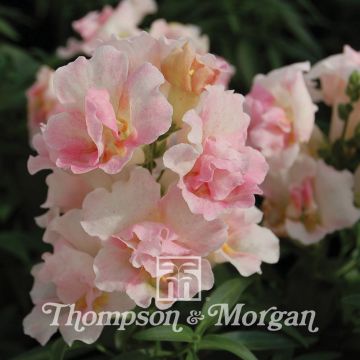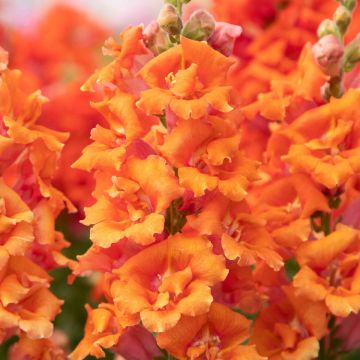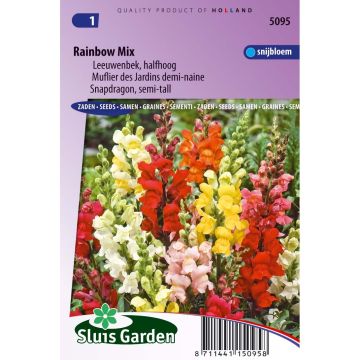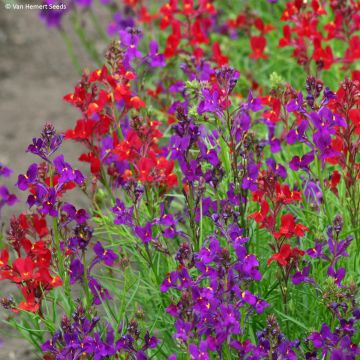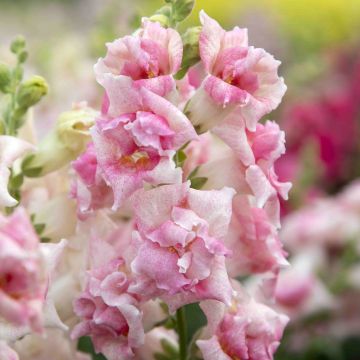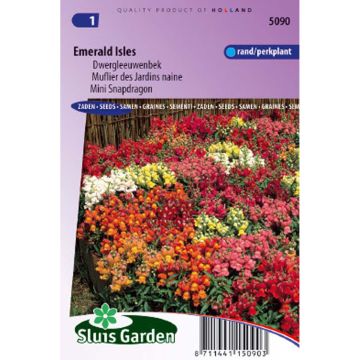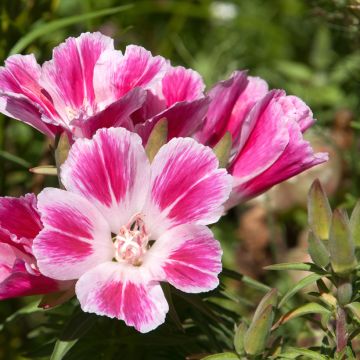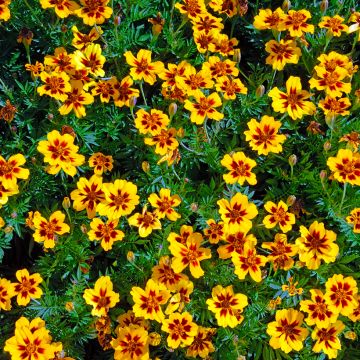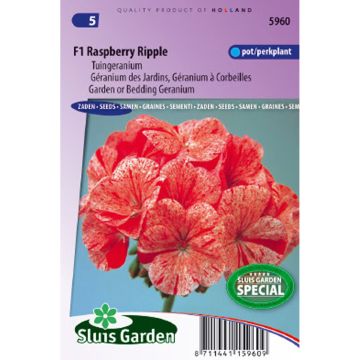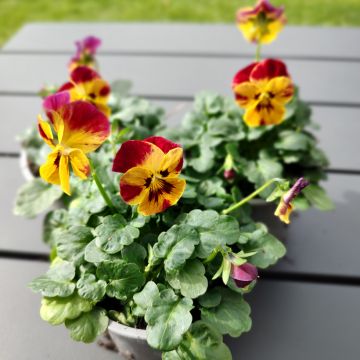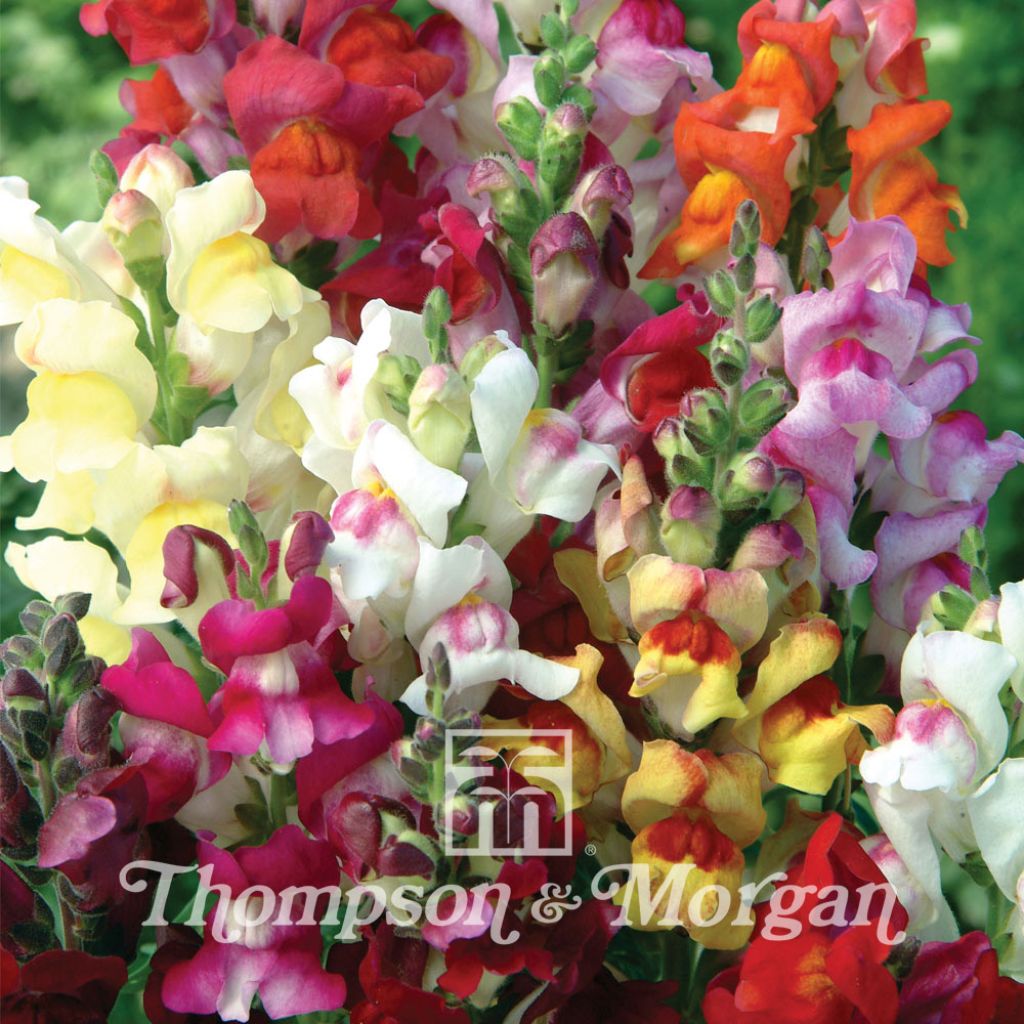

Antirrhinum majus Circus Clowns
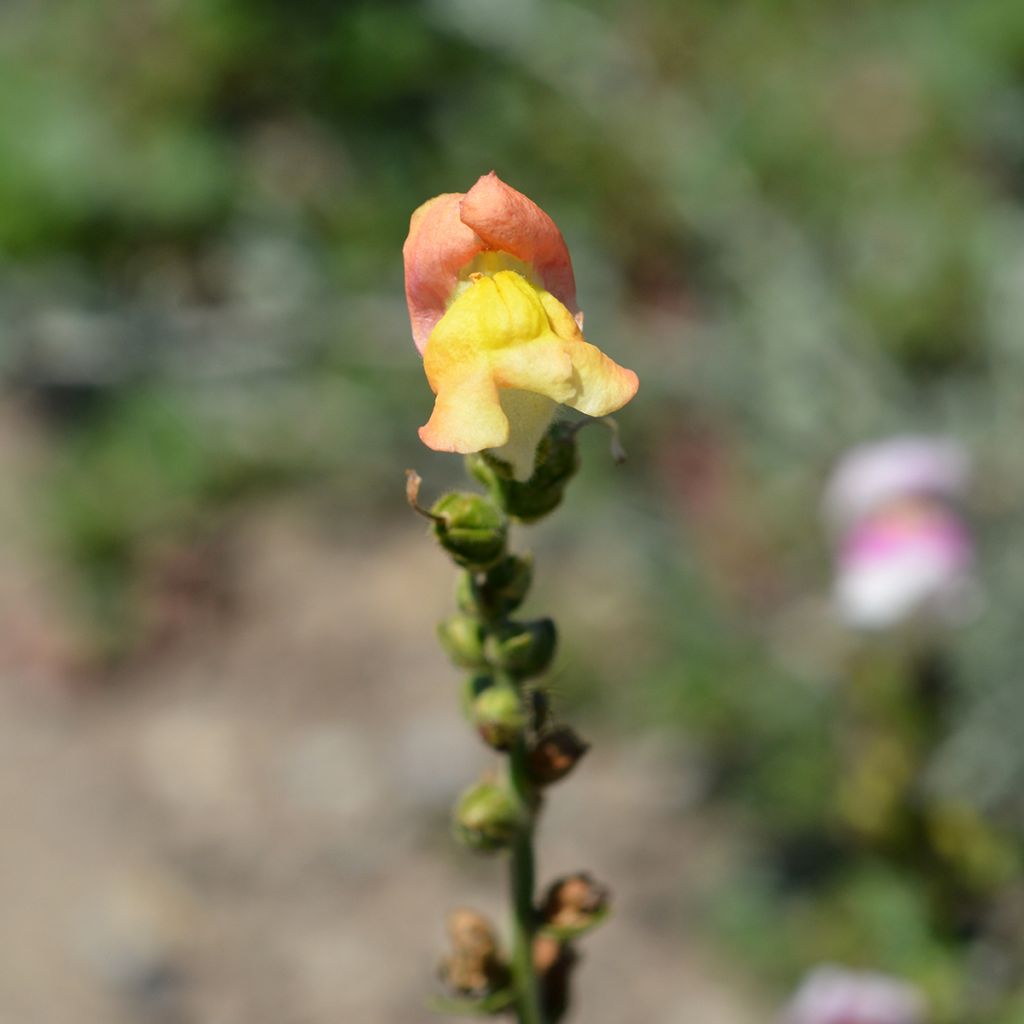

Antirrhinum majus Circus Clowns
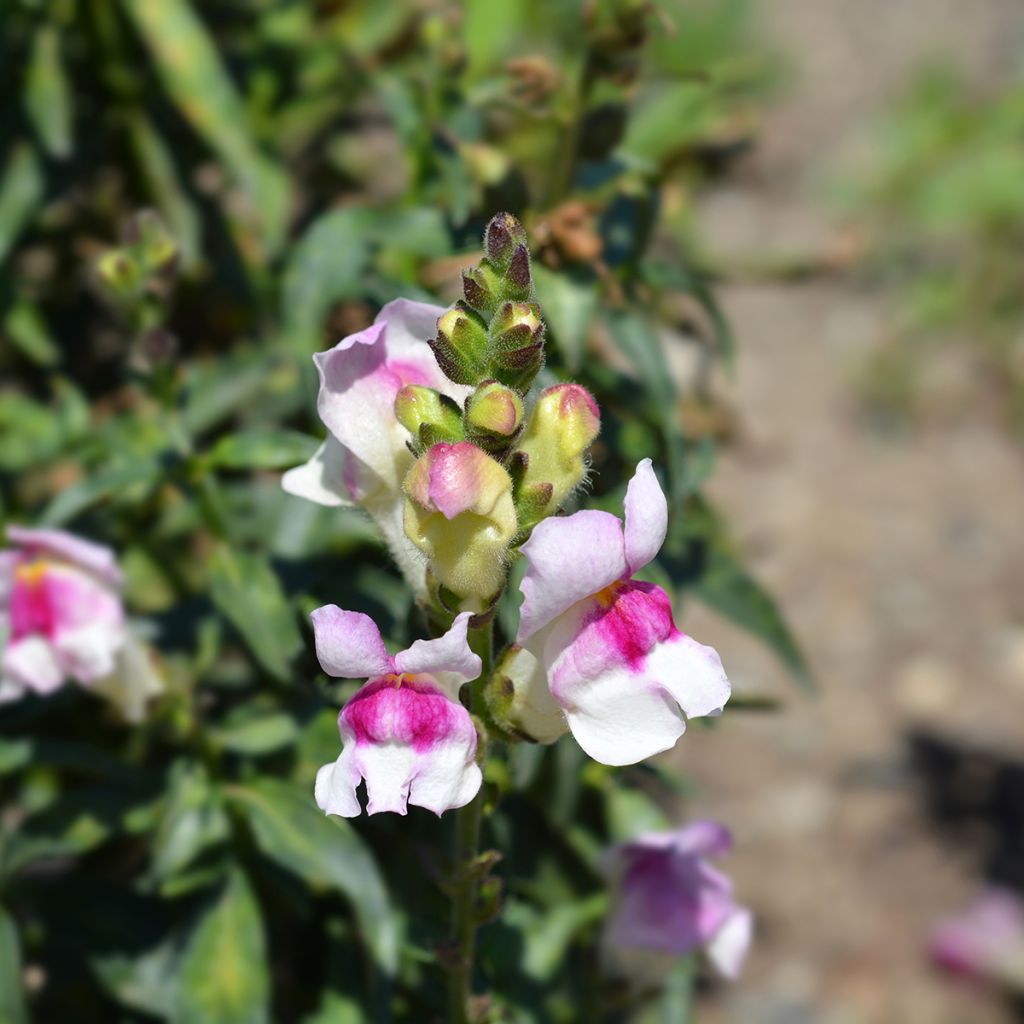

Antirrhinum majus Circus Clowns
Antirrhinum majus Circus Clowns
Antirrhinum x majus Circus Clowns
Snapdragon
I didn't manage to grow these seeds.
Jean-Michel R., 01/09/2018
This item cannot be shipped to the selected country
Dispatch by letter from €3.90
More information
Schedule delivery date,
and select date in basket
This plant carries a 6 months recovery warranty
More information
We guarantee the quality of our plants for a full growing cycle, and will replace at our expense any plant that fails to recover under normal climatic and planting conditions.
Seed-only orders are dispatched by sealed envelope. The delivery charge for seed-only orders is €3.90.

Does this plant fit my garden?
Set up your Plantfit profile →
Description
The bicolour flowers of the Antirrhinum majus or Snapdragon 'Circus Clowns' create a cheerful mix of bright shades, which will bring a lot of brightness and dynamism to the garden. Dense spikes rise on well-branched medium-sized plants from summer to frost. These plants are an ideal choice for borders, natural gardens, and flower pots. Whether annual or perennial depends on the climate and soil they are planted in. It doesn't matter, as they are so floriferous and unique! Familiar in cottage gardens, snapdragons are accommodating plants that will thrive in fertile, well-drained soil and plenty of sunshine.
Known in gardens since 1583, the Antirrhinum majus was a favored plant in monastery and cottage gardens. This plant from the scrophulariaceae family is native to the western Mediterranean Basin, where it grows among rocks on arid slopes in the south of France, including Lozère and Aveyron. There are even plants rooted in the mortar of old walls protecting the gardens. The 'Circus Clowns' variety stands out for its long, vibrant flowering and compact habit. This short-lived perennial forms a clump 45 cm (17.7 in) tall and 30 cm (11.8 in) wide in the year following its sowing, with a well-branched habit. Its upright, branching stems are covered with leaves that are opposite or alternate, lanceolate or linear-lanceolate, entire, and glabrous, with a beautiful dark green color. The flowering period extends from May-June to September-October, until the first frost. This variety produces densely covered spikes with large bicolour flowers, each flower combining a pale color with the same color in darker and brighter shades. The flowering is melliferous and nectariferous, slightly and pleasantly scented.
Snapdragons are part of our childhood memories. With their small velvety snouts that emit a fragrance when you bury your nose in the flowers, they are plants accessible to all gardeners, easy to install in borders, beds, or rockeries. North of the Loire and in heavy soil, treat them as annuals, which doesn't matter considering their generosity. Medium-sized varieties like 'Circus Clown' are perfect for flower pots, borders, sunny rockeries, wild gardens, scented gardens, or cottage gardens. For example, pair them with damask daisies, cosmos, or annual poppies.
The Snapdragon gets its vernacular name from the particular shape of its flowers, which, when pinched, resemble jaws.
Attention, seeds reserved for very experienced gardeners accustomed to sowing very fine seeds. These seeds are as fine as dust, barely visible to the naked eye.
Report an error about the product description
Flowering
Foliage
Plant habit
Botanical data
Antirrhinum
x majus
Circus Clowns
Scrophulariaceae
Snapdragon
Cultivar or hybrid
Other Antirhinum - Snapdragon seeds
Planting and care
Sow from January to March on the surface of a special sowing compost, well-drained. Do not cover the seeds. Place in a mini greenhouse or a seed tray in a plastic bag that you will keep at 20-25°C until germination, which usually takes 10 to 21 days. Light facilitates germination. Transplant the plants when they are large enough to handle into 8 cm (3.1 in) trays or pots. Gradually acclimatize the plants to cooler conditions for a few weeks before planting them in the ground, after all risk of frost, with a spacing of 23 to 30cm (11.8 in) between each plant.
Snapdragons thrive in fertile, well-drained soil and full sun. The tall snapdragon is not very hardy (-7°C): it is therefore often grown as an annual or biennial plant. However, it is not uncommon to see snapdragons withstand several not too harsh winters, they then become more susceptible to rust... To try to preserve a beautiful variety, protect the plants from severe frost in winter, by taking care of the soil drainage and covering the stumps with a thick carpet of leaves or dry herbs: they will come back to life in spring and will then bloom earlier.
Sowing period
Intended location
-
, onOrder confirmed
Reply from on Promesse de fleurs
Flower seeds
Haven't found what you were looking for?
Hardiness is the lowest winter temperature a plant can endure without suffering serious damage or even dying. However, hardiness is affected by location (a sheltered area, such as a patio), protection (winter cover) and soil type (hardiness is improved by well-drained soil).

Photo Sharing Terms & Conditions
In order to encourage gardeners to interact and share their experiences, Promesse de fleurs offers various media enabling content to be uploaded onto its Site - in particular via the ‘Photo sharing’ module.
The User agrees to refrain from:
- Posting any content that is illegal, prejudicial, insulting, racist, inciteful to hatred, revisionist, contrary to public decency, that infringes on privacy or on the privacy rights of third parties, in particular the publicity rights of persons and goods, intellectual property rights, or the right to privacy.
- Submitting content on behalf of a third party;
- Impersonate the identity of a third party and/or publish any personal information about a third party;
In general, the User undertakes to refrain from any unethical behaviour.
All Content (in particular text, comments, files, images, photos, videos, creative works, etc.), which may be subject to property or intellectual property rights, image or other private rights, shall remain the property of the User, subject to the limited rights granted by the terms of the licence granted by Promesse de fleurs as stated below. Users are at liberty to publish or not to publish such Content on the Site, notably via the ‘Photo Sharing’ facility, and accept that this Content shall be made public and freely accessible, notably on the Internet.
Users further acknowledge, undertake to have ,and guarantee that they hold all necessary rights and permissions to publish such material on the Site, in particular with regard to the legislation in force pertaining to any privacy, property, intellectual property, image, or contractual rights, or rights of any other nature. By publishing such Content on the Site, Users acknowledge accepting full liability as publishers of the Content within the meaning of the law, and grant Promesse de fleurs, free of charge, an inclusive, worldwide licence for the said Content for the entire duration of its publication, including all reproduction, representation, up/downloading, displaying, performing, transmission, and storage rights.
Users also grant permission for their name to be linked to the Content and accept that this link may not always be made available.
By engaging in posting material, Users consent to their Content becoming automatically accessible on the Internet, in particular on other sites and/or blogs and/or web pages of the Promesse de fleurs site, including in particular social pages and the Promesse de fleurs catalogue.
Users may secure the removal of entrusted content free of charge by issuing a simple request via our contact form.
The flowering period indicated on our website applies to countries and regions located in USDA zone 8 (France, the United Kingdom, Ireland, the Netherlands, etc.)
It will vary according to where you live:
- In zones 9 to 10 (Italy, Spain, Greece, etc.), flowering will occur about 2 to 4 weeks earlier.
- In zones 6 to 7 (Germany, Poland, Slovenia, and lower mountainous regions), flowering will be delayed by 2 to 3 weeks.
- In zone 5 (Central Europe, Scandinavia), blooming will be delayed by 3 to 5 weeks.
In temperate climates, pruning of spring-flowering shrubs (forsythia, spireas, etc.) should be done just after flowering.
Pruning of summer-flowering shrubs (Indian Lilac, Perovskia, etc.) can be done in winter or spring.
In cold regions as well as with frost-sensitive plants, avoid pruning too early when severe frosts may still occur.
The planting period indicated on our website applies to countries and regions located in USDA zone 8 (France, United Kingdom, Ireland, Netherlands).
It will vary according to where you live:
- In Mediterranean zones (Marseille, Madrid, Milan, etc.), autumn and winter are the best planting periods.
- In continental zones (Strasbourg, Munich, Vienna, etc.), delay planting by 2 to 3 weeks in spring and bring it forward by 2 to 4 weeks in autumn.
- In mountainous regions (the Alps, Pyrenees, Carpathians, etc.), it is best to plant in late spring (May-June) or late summer (August-September).
The harvesting period indicated on our website applies to countries and regions in USDA zone 8 (France, England, Ireland, the Netherlands).
In colder areas (Scandinavia, Poland, Austria...) fruit and vegetable harvests are likely to be delayed by 3-4 weeks.
In warmer areas (Italy, Spain, Greece, etc.), harvesting will probably take place earlier, depending on weather conditions.
The sowing periods indicated on our website apply to countries and regions within USDA Zone 8 (France, UK, Ireland, Netherlands).
In colder areas (Scandinavia, Poland, Austria...), delay any outdoor sowing by 3-4 weeks, or sow under glass.
In warmer climes (Italy, Spain, Greece, etc.), bring outdoor sowing forward by a few weeks.

































